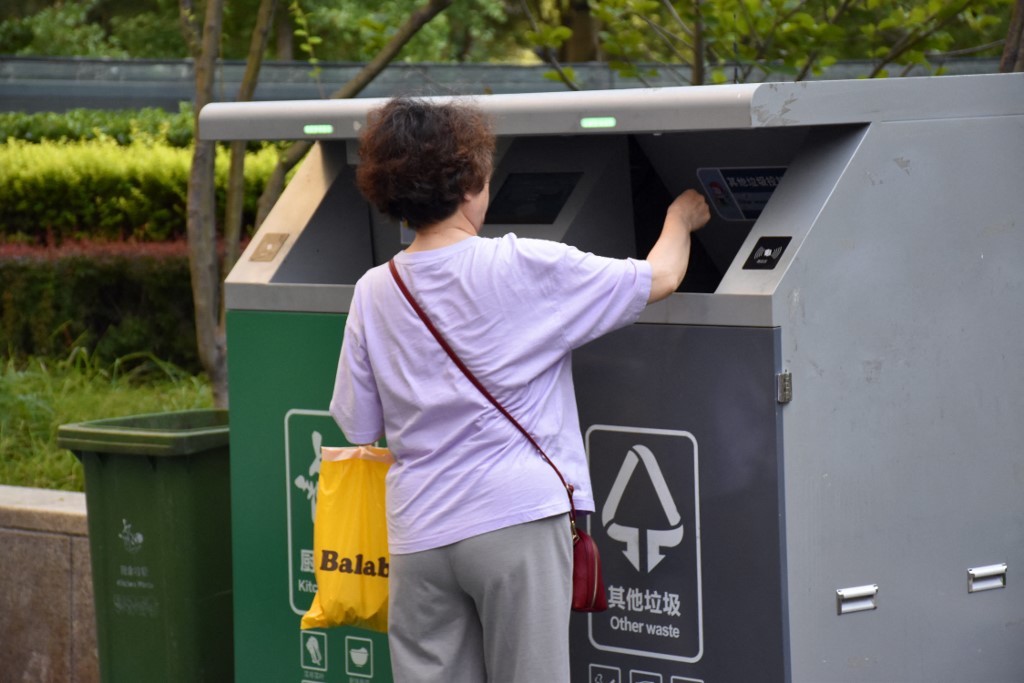(ATF) China is trying to tackle its massive urban waste problem, aiming to reuse some 60% of waste generated by households by 2025, up 50% from just last year, its top planning agency the National Development and Reform Commission (NDRC) said late last week.
The announcement comes as the country of some 1.4 billion people failed to meet a number of its 2016-2020 urban waste management goals.
The country’s urban waste handling capacity reached 1.27 million tonnes a day last year, up 63% compared with 2015. However, that increase wasn’t uniform as some municipalities were still struggling to keep up with growing volumes of trash, the NDRC said.
China has the largest global share of urban or municipal solid waste in the world, accounting for around 15% of waste and garbage worldwide.
Yet, on a per capital basis it still lags behind several developed western nations. The US, with a population of around 330 million people, ranked first in urban solid waste per capita, with 2.58 kilograms per person, followed by Canada and Australia, according to Statista data.
China’s total urban waste numbers have nonetheless increased markedly since 1990, rising three-fold in lockstep with the country’s economic development, the highest in the world for the three-decade period.
Those increases as well as still underdeveloped waste management infrastructure in the country continues to the present.
Around half of China’s cities have yet to build waste incineration plants, while many cities in central and western regions also failed to meet targets on treating hazardous waste, the NDRC said.
The NDRC, however, aims to not only raise urban waste utilisation rates to 60%, but also increase incineration levels to around 65%, an increase from 45% just last year.
Complications arise since most Chinese residents don’t sort garbage, with around 97% of total waste either being burned or incinerated. By mid-2020, most of the country’s 654 landfills were already full ahead of schedule, while its 286 incineration plants were short of supply.
China’s growing urban waste problem has been exacerbated even more due to the growing popularity of e-commerce and food delivery services since the onset of the Covid-19 pandemic.
Waste-to-energy
However, China’s urban waste problem presents an opportunity for not only disposing of record levels of waste but also ramping up its waste-to-energy infrastructure build-out.
To its credit, China already had the largest installed waste-to-energy capacity of any country by 2019, with more than 300 plants in operation, according to World Economic Forum data. Its capacity increased annually by 26% over the previous five years to 2019, compared with just 4% average growth in capacity in OECD countries.
Many of those plants still relied on burning fossil fuels in their operations, however.
China is now, along with Asian Development Bank (ADB) funding and help, building more environmentally friendly waste-to-energy plants.
However, given China’s vast population, particularly in municipalities scattered across the country, it needs to do even more.
Other headwinds also remain, including more much needed policy reform, and more laws and regulations in place, Salman Zafar, a waste management, waste-to-energy, and bioenergy expert, said in a media interview in March.
He estimated that China’s cities will need to develop hundreds of additional landfills and waste-to-energy plants to tackle the growing crisis.
China’s waste management problem and waste-to-energy opportunities come as the country also tries to tame its vast greenhouse gas emissions footprint, the largest in the world by far.
Before a UN virtual audience in September, Chinese President Xi Jinping set a goal that China would become carbon neutral before 2060, while capping emissions by 2030 – an ambitious goal given the country’s massive fossil fuel usage. China still burns coal for nearly 50% of its power generation needs.
Xi’s goal has been welcomed, but it has also faced criticism by not providing a clear road map nor details of how it would be achieved.
However, more details are expected later this year.
























